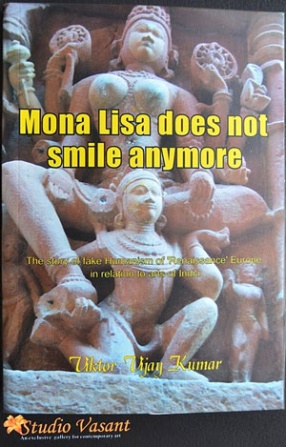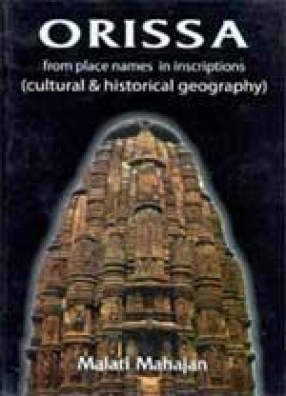West judged its art and culture to be many notches higher than what India had been creating with a highly humane philosophy from the ocean of its many religions, namely Hinduism, Jainism, Buddhism, Sikhism and a brand of Sufi Islam specific to India. The art India produced was higher in its sublimated humanity—all humanity into God whereas West treated other cultures as the refuse humanity. To understand Indian culture with Grecian glasses will never reveal the exquisite humanity that underlies Indian art, culture and religions. The context of Indian art over many millennia is the human ascending to spiritual and spiritual ascending to human; there is no descent either of human or of the spiritual.
Art and morality are linked as spiritual discourse of humanity and the creative vision. The melancholia, the nostalgia for the Greek and Latin past, the perfection and proportion, the perspective to imitate the apparent, the celebration of the carnal in place of the spiritual are the underlying currents of so called Renaissance; body as a machine not human as evolution of the spiritual. The regeneration of interest in Latin and Greek literature and philosophy froze the minds of people in the non-existent past. It was period of incongruity—search for glory in the celebration of the Human in Grecian ideal while enslaving humanity from other civilizations. How did the people reconcile the great position of a resurgent humanity in Europe with oppression of other races and civilizations? They reconciled this guilt by using the Church and the religion as a justification.





There are no reviews yet.